Grow An Artichoke Agave Plant - Artichoke Agave Parryi Info
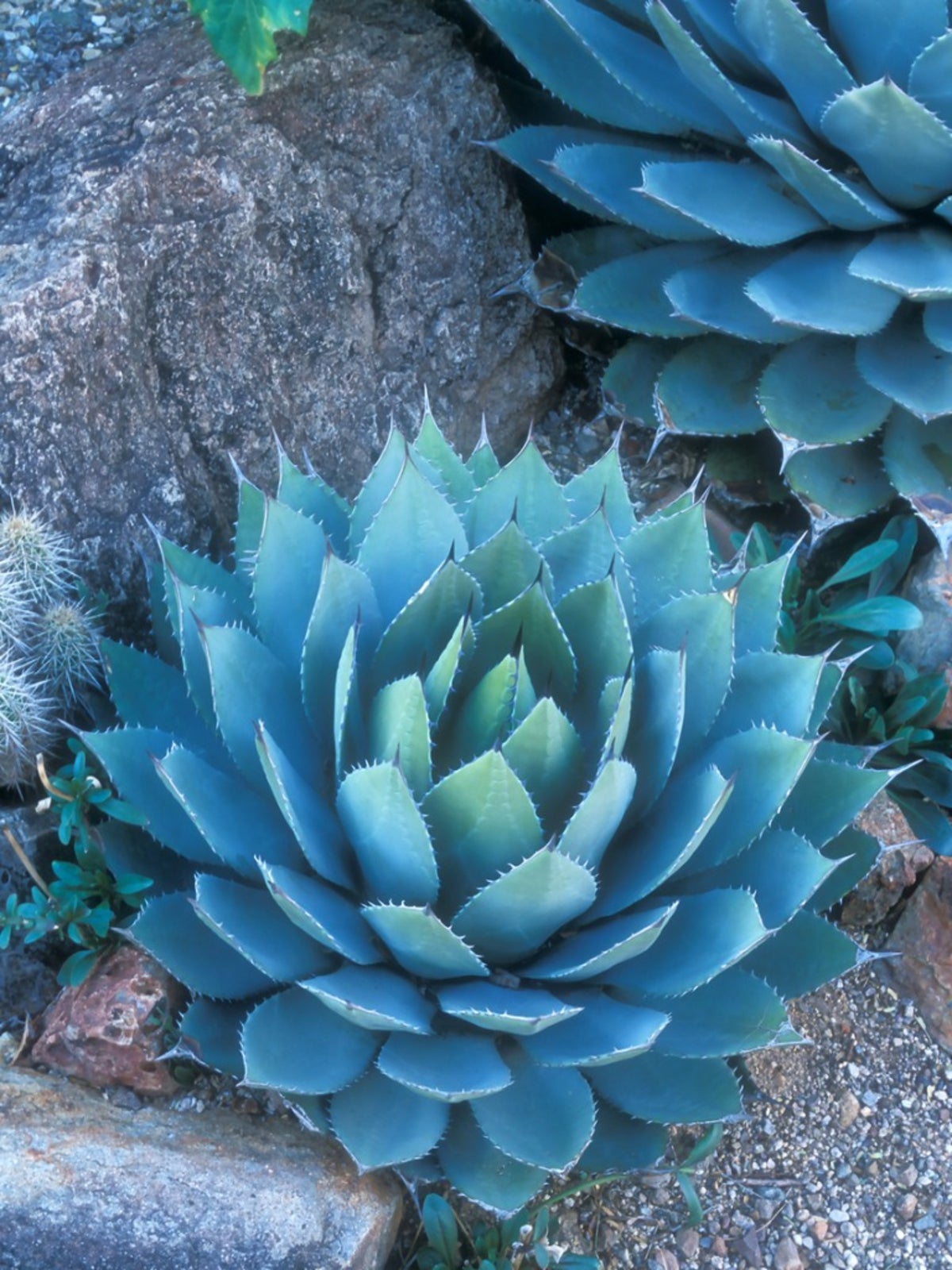

Agave fans should try growing an Artichoke Agave plant. This species is native to New Mexico, Texas, Arizona, and into Mexico. It is a smaller Agave that can be used in a container or grown in-ground in warm regions, although it is hardy to 15 degrees F. (-9 C.). Artichoke Agave takes up to 10 years to mature and produce a flower stalk, but it is well worth the wait.
About Artichoke Agave Parryi
The succulent has glorious, serrated, blue-green thick leaves tipped with wicked barbs. The leaves form a tight rosette that will enlarge over time. How big do Artichoke Agave get? The rosette can span 3 to 4 feet (1 m.) and grow 2 to 3 feet (61-91 cm.) tall. Some gardeners say the plant will flower after 10 years while others claim it takes up to 25, but the bloom is worth the time. The stalk can grow 12 feet (4 m.) in length. At the top, a panicle with orange buds that open to lemon yellow appears. Unfortunately, once the Agave blooms, the rosette will die. Don't worry though, it should have produced basal offsets by that time which will establish as new plants. These can be left in place or divided away from the dying parent and planted elsewhere.
Planting an Artichoke Agave Plant
In the wild, these plants are found in rocky open areas, often at the edges of chaparral, pine, and oak forests, or grassland. The soil for in-ground plants needs to be well-draining. Add grit if the soil is compact. This can be in the form of gravel, rock, or sand. Do a test to see if it will drain quickly by digging a hole and filling it with water. Observe the water leaching away. If it takes 15 minutes or more, add grit. Artichoke Agave needs full sun but will be fine in partial shade. In cooler climes, plant the Agave in a container and move it indoors for winter. If planted where foot traffic occurs, it is a good idea to prune off the barbs at the edges of the leaves.
Artichoke Agave Care
After planting, let the Agave adjust for a few days before you water. Once the plant is established it rarely needs water, except in the hottest season. Mulch around the plant with gravel or other non-organic material to prevent weeds and keep the soil warm. This Agave is deer resistant and not bothered by most diseases. The most common problem is overwatering which can promote rot diseases. Possible pests are the Agave weevil in native regions. Artichoke Agave is a great standalone plant but would be wonderful in a desert, rock, or Mediterranean garden.
Gardening tips, videos, info and more delivered right to your inbox!
Sign up for the Gardening Know How newsletter today and receive a free copy of our e-book "How to Grow Delicious Tomatoes".

Bonnie Grant is a professional landscaper with a Certification in Urban Gardening. She has been gardening and writing for 15 years. A former professional chef, she has a passion for edible landscaping.
-
 Looking For Plants To Give You The Soft And Fuzzies? Try These 5 Fuzzy Leaf Plant Options
Looking For Plants To Give You The Soft And Fuzzies? Try These 5 Fuzzy Leaf Plant OptionsLovers of texture, drama, silver foliage and tactile plants will adore these special sensory garden additions. These fuzzy leaf plant options will leave you all aglow
By Susan Albert
-
 Get Ready For A Summer Of Hummers! Grow These Full Sun Hummingbird Plants and Flowers
Get Ready For A Summer Of Hummers! Grow These Full Sun Hummingbird Plants and FlowersIf you’re lucky enough to enjoy a sunny backyard, make sure you are maxing out on your pollinator opportunities and grow these full sun hummingbird plants and flowers
By Tonya Barnett
-
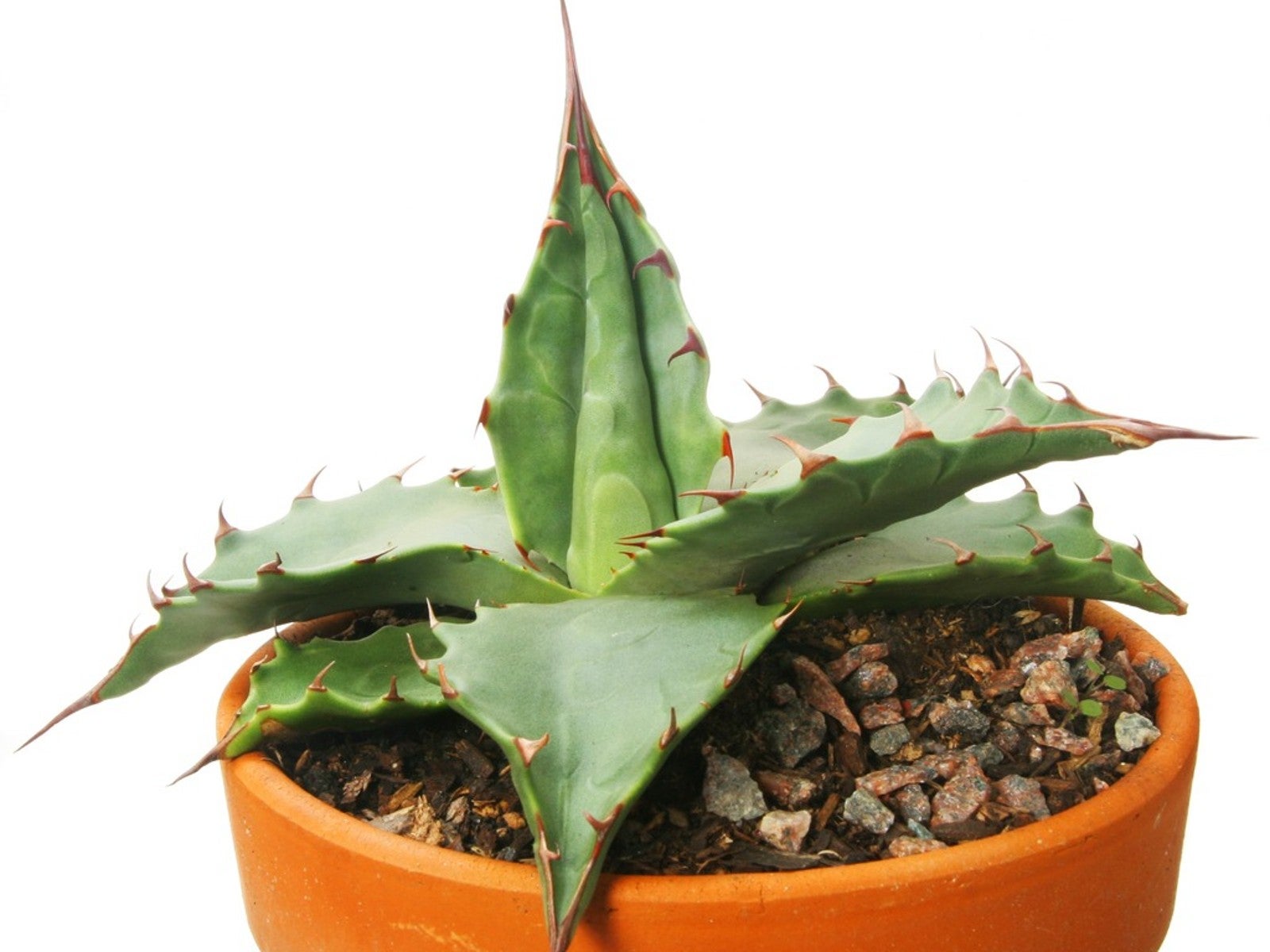 How To Propagate Agave: Instructions And Tips For Agave Propagation
How To Propagate Agave: Instructions And Tips For Agave PropagationAgave plants are popular, but they do have one drawback. They are a monocarpic species, and understanding how to propagate agave is an essential part of their care.
By Laura Miller
-
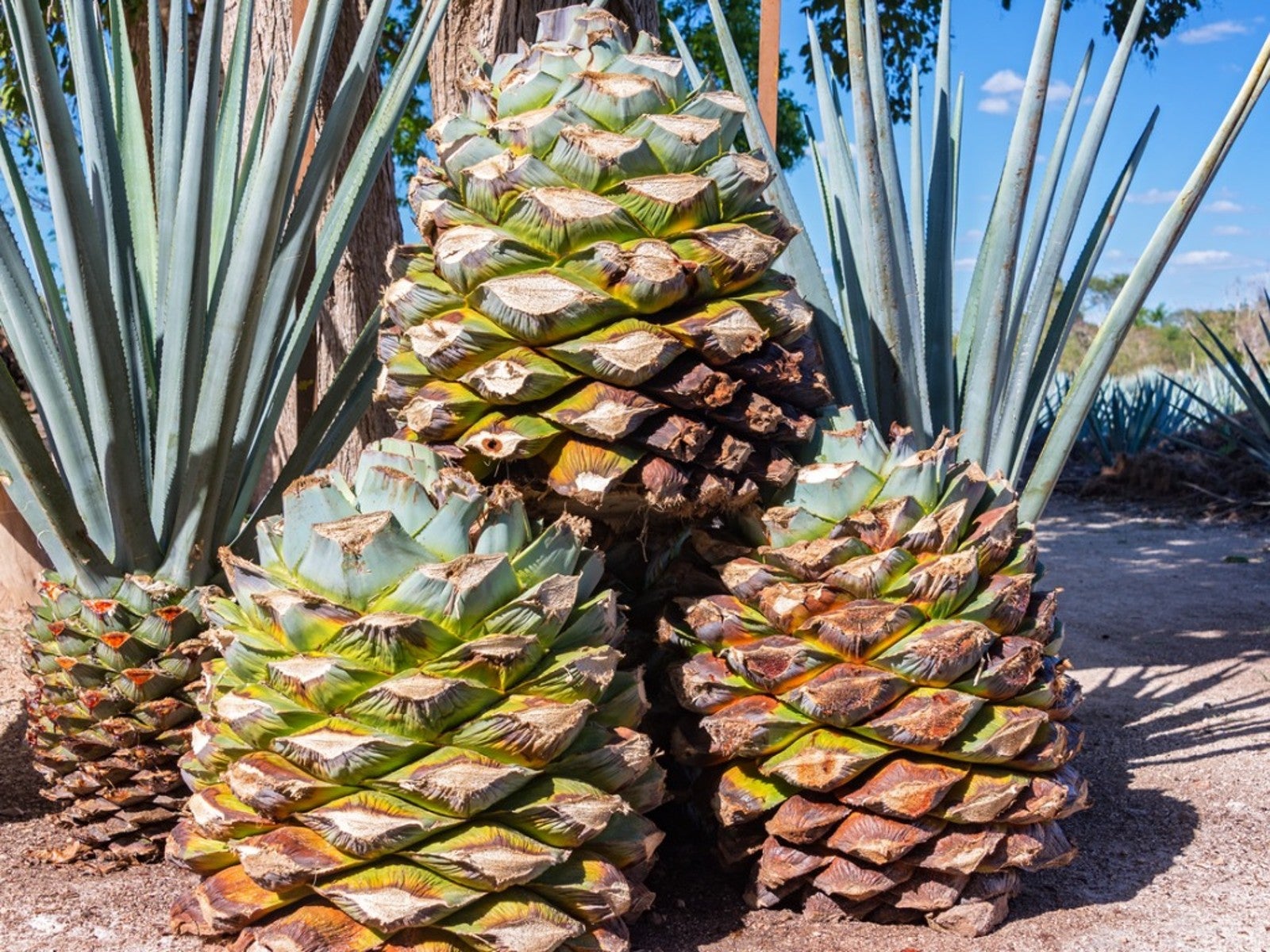 How To Grow Agave For Nectar: Growing And Harvesting Blue Agave Syrup
How To Grow Agave For Nectar: Growing And Harvesting Blue Agave SyrupAt one time growing blue agave was most notable for its production into tequila, but today blue agave nectar is giving the liquor a run for its money. Read on for more.
By Amy Grant
-
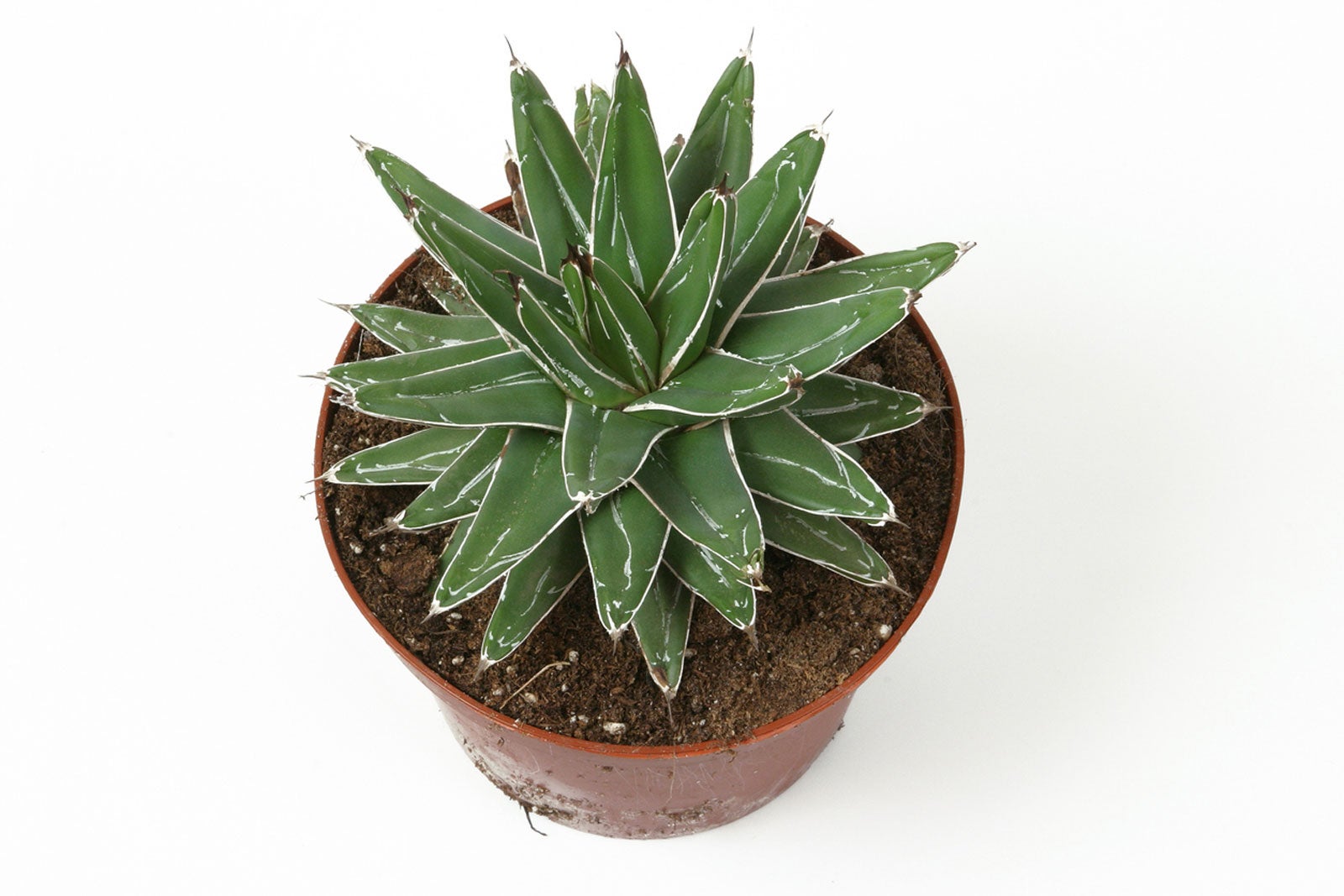 Agave Houseplant Care – Growing Agave As A Houseplant
Agave Houseplant Care – Growing Agave As A HouseplantMaybe it’s too much of a hassle to bring agave in and out with the seasons. You might wonder if you can grow agave as a houseplant. The answer is yes, you can, although some types may grow better than others if kept exclusively indoors. Learn more here.
By Becca Badgett
-
 Different Agave Plants – Commonly Grown Agaves In Gardens
Different Agave Plants – Commonly Grown Agaves In GardensOne of agave's most common uses in the landscape is for privacy or as mass plantings of thorny unpleasant defense plants. However, grown as specimen plant, different agave plants can add height, shape or texture to the landscape. Learn About varieties of agave here.
By Darcy Larum
-
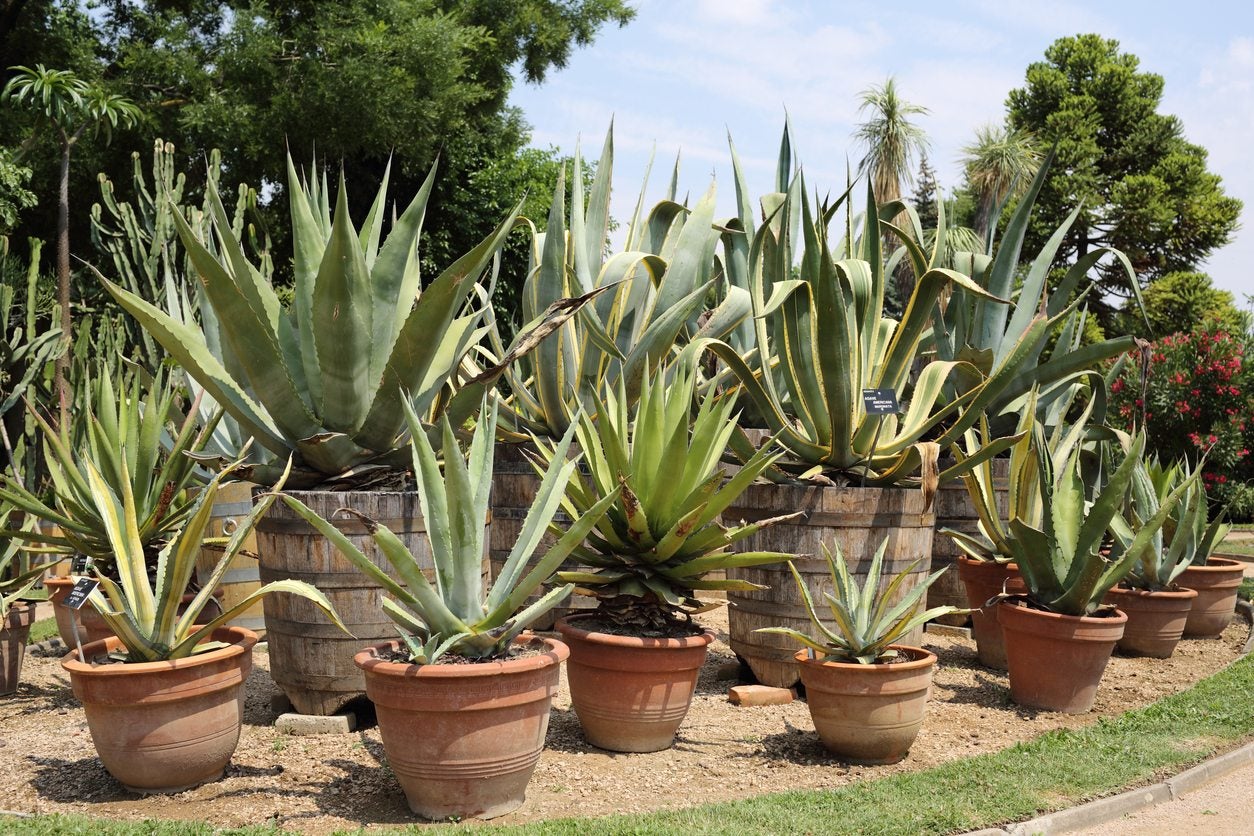 Potted Agave Care: Tips On Growing Agave Plants In Pots
Potted Agave Care: Tips On Growing Agave Plants In PotsCan agave grow in pots? You bet! With so many varieties of agave available, container grown agave plants are an excellent choice for the gardener with limited space, less than perfect soil conditions, and a lack of abundant sunlight. Click here to learn more.
By Gardening Know How
-
Caulotops Barberi Pests: Learn About Agave Plant Bug Control
While generally a low maintenance, easy-to-grow plant, agave can be susceptible to pest problems. If you have noticed bugs eating agave plants in your landscape, click here to learn more about controlling agave plant bugs in the garden.
By Darcy Larum
-
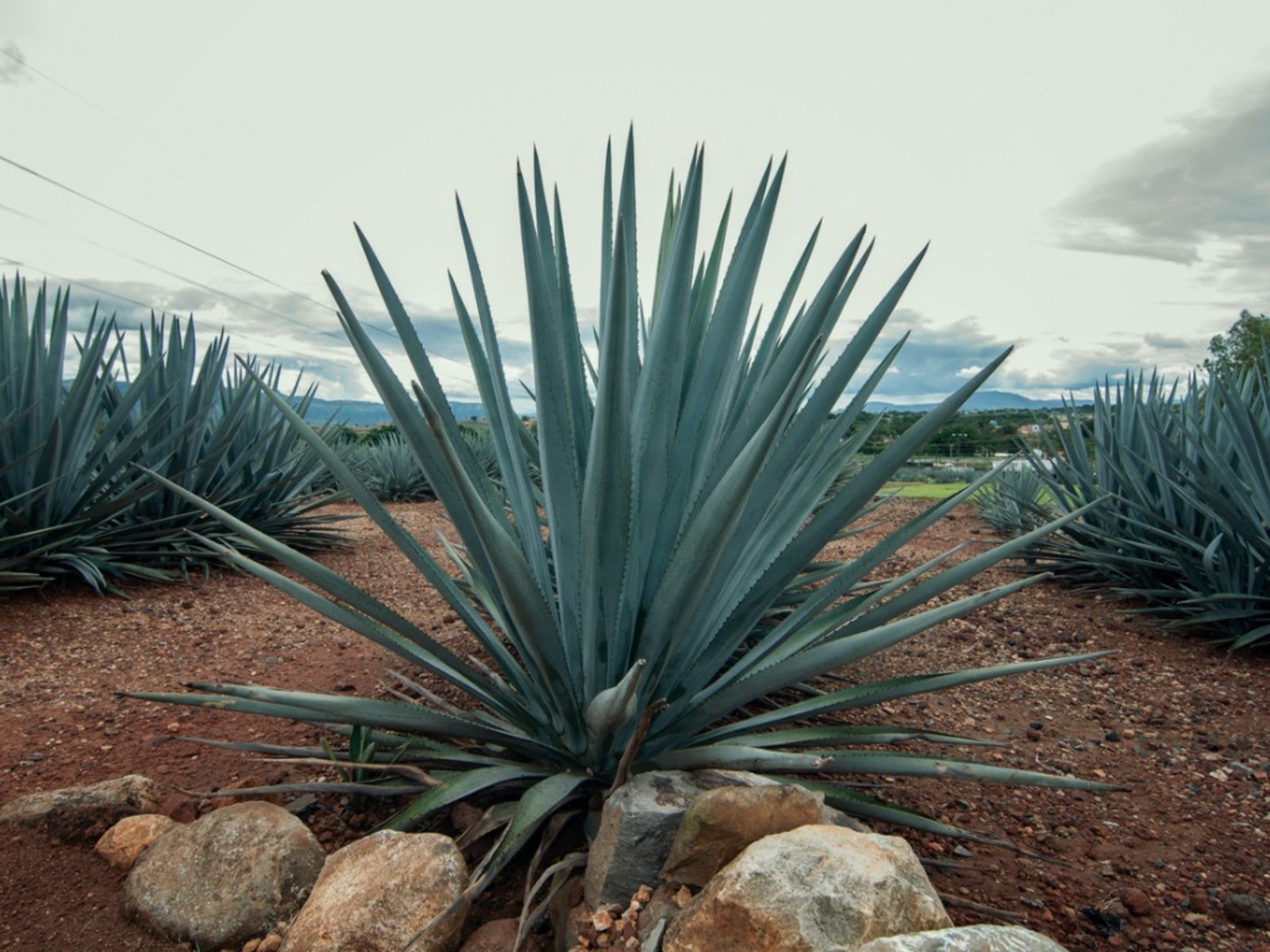 What Is Agave Crown Rot: How To Save Plants With Crown Rot
What Is Agave Crown Rot: How To Save Plants With Crown RotMid- to late-summer crown rot of agave plants can be common in cooler climates and potted plants. Learn what you can do for agave plants with crown rot in the article that follows. Click here for additional information.
By Darcy Larum
-
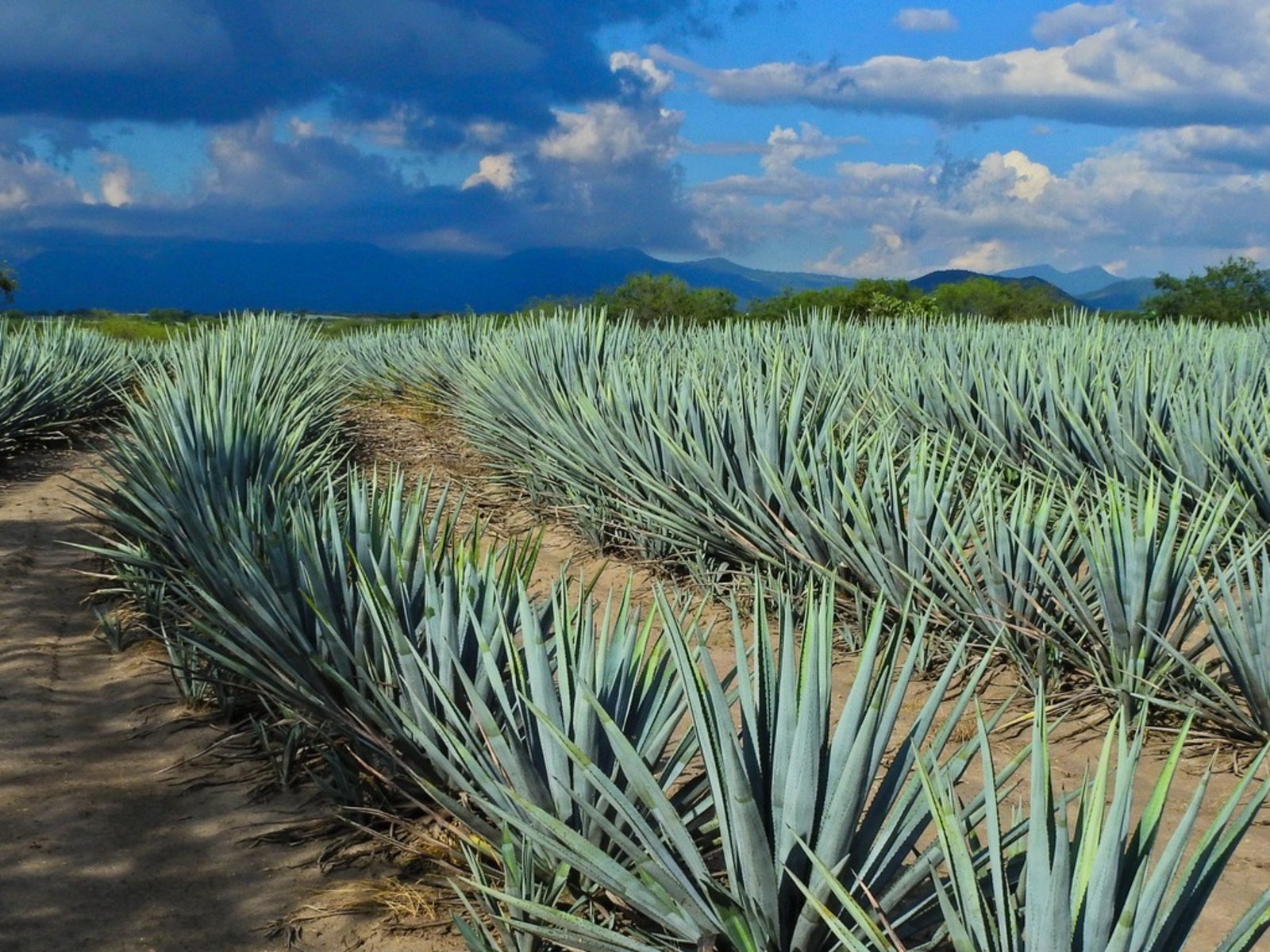 Managing Root Rot In Agave – How To Treat Agave Root Rot
Managing Root Rot In Agave – How To Treat Agave Root RotRoot rot is a common disease in plants that is usually caused by poor drainage or improper watering. While more common in potted plants, root rot can also affect outdoor plants. Learn more about managing root rot in agave with the following information.
By Darcy Larum